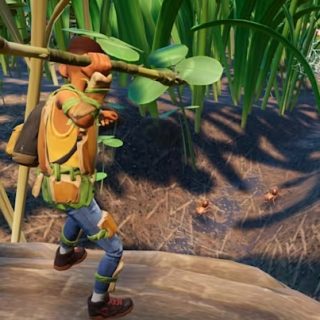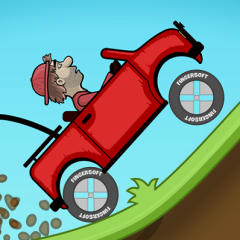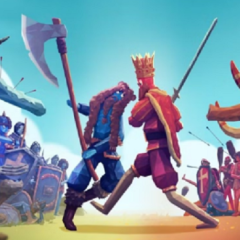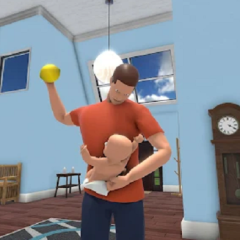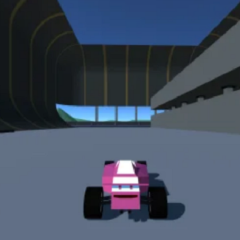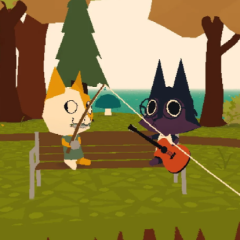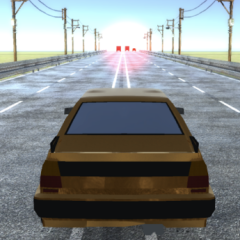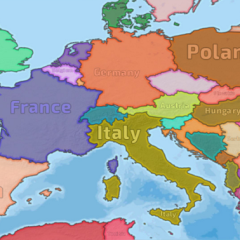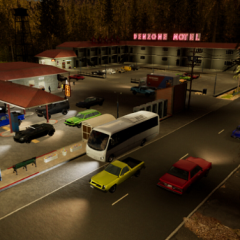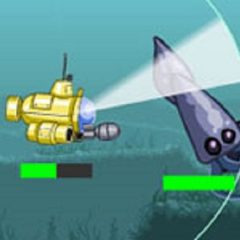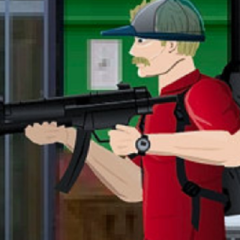Surviving In A Larger-Than-Life World
Survival mechanics in Grounded 2 demand constant attention. Players must monitor their health, hunger, thirst, and stamina while staying alert to external dangers. The choice of character archetype influences which strategies are most effective. Combat-focused builds excel in defending against aggressive insects, while resource-oriented builds can gather and craft more efficiently. Environmental threats such as weather, nighttime predators, and limited visibility create additional pressure. Progress comes from learning the behavior patterns of the world and planning actions around them to minimize unnecessary risks.
Key Survival Priorities
To maintain stability and progress in Grounded 2, players must focus on several interconnected activities:
- finding and maintaining a safe shelter
- gathering raw materials for tools and upgrades
- locating reliable food and water sources
- crafting defensive structures and weapons
- expanding exploration to uncover new areas
Balancing these tasks is critical. Neglecting shelter could leave the player vulnerable, while ignoring exploration will limit access to essential materials. Each task influences the others, making them all necessary for sustained survival.
Cooperative Play And Strategy
While it is possible to tackle the game alone, cooperative play offers additional advantages. Working in a group allows players to specialize, splitting responsibilities between combat, gathering, and construction. This division of labor increases efficiency and reduces the time spent on repetitive tasks. Communication becomes a key factor in success, as teams can plan coordinated expeditions and respond more effectively to sudden dangers. Shared resources and combined skills make high-risk areas more accessible.


